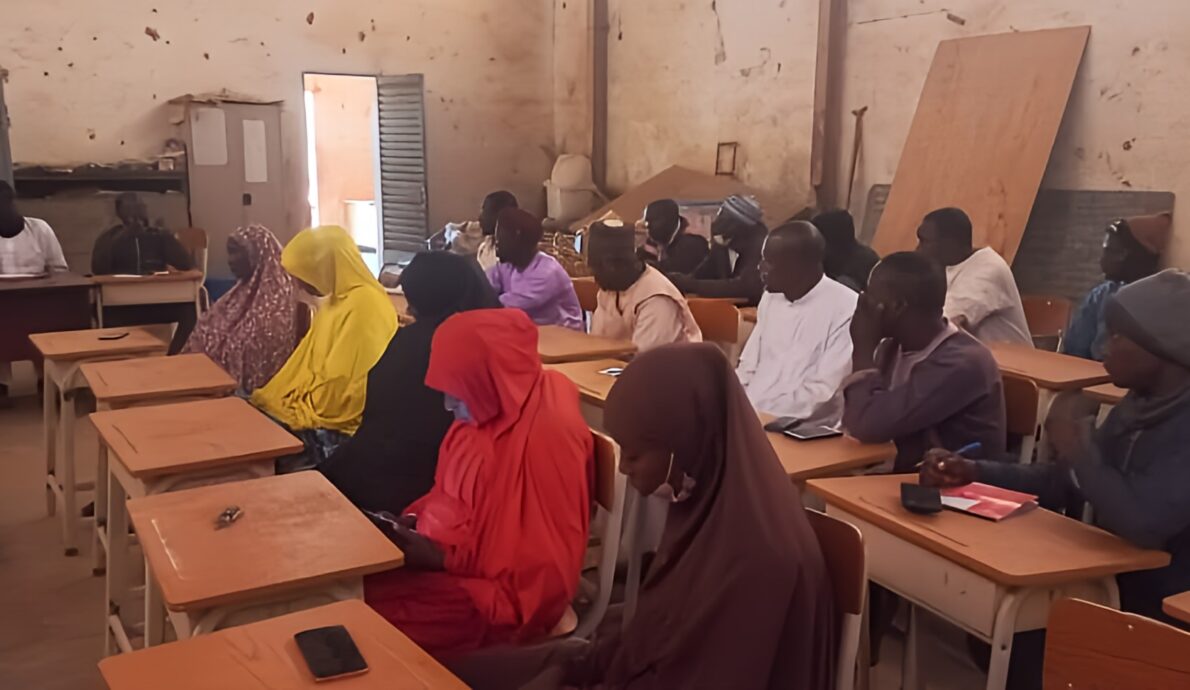The United Nation (UN) Sustainable Development Goals (SDGs), set to launch this coming September, will be the global guidepost for development priorities over the next 15 years. Kudos to the UN for engaging stakeholders over two years to set these goals, including more than 7 million participants in the My World survey.
These 17 goals are far reaching and ambitious in the extreme. The first reads, “End poverty in all its forms everywhere.” What army of foot soldiers will first turn these goals into action and then into results? And who will ensure transparency and measure progress, as resources released towards these priorities are scarce? In most if not all of the 193 participating countries, while the government will be the signatory of the UN Sustainable Development Goals, it will be civil society– also known as the social sector, the nonprofit sector or the “third” sector – that carries the lion’s share of this burden.
And yet civil society is so far planned to be marginally engaged in discussing measurement, monitoring and implementation of the SDGs by UN protocol. However, Beyond2015, a broad coalition of civil society organizations working to strengthen the voice of civil society in the SDG process, is set to close up shop after the announcement of the SDGs in September. Can its mandate be renewed and bolstered to ensure their message is not lost beyond goal-setting to include setting performance metrics, supporting implementation and tracking results, along with the appropriate support and tools at the country level?
Surely the UN does not expect national governments to implement the SDGs on their own, but while the importance of engaging civil society is mentioned, little guidance is given for providing the structures for doing so. That may be partially due to low awareness about the crucial role that civil society plays, including being at the front lines of working with citizens in achieving the SDGs every day.
Johns Hopkins University’s Center for Civil Society Studies has captured data we all need to see which quantifies the contributions of civil society, showing the sector accounts for 7.4 percent of employment (including volunteers) and 4.5 percent of GDP in the 16 countries studied. What’s more, the numbers challenge a popular and limited perception of civil society as a community of advocates and activists: in fact, 75 percent of civil society actors spend their time delivering social services, education, health and more to vulnerable populations. In short, this is a sector of solution creators, of do-ers, not talkers. This is a sector that shows its greatest impact in communities, and not just in the power capitals of the world.
It’s time to share the facts about this sector – not only so that national governments see the sector as a partner in SDG execution, but also to jolt the United Nations into taking action to keep civil society front and center as they move the SDG process forward.
Let’s discuss a UN-resourced SDG Civil Society Roundtable that is charged with helping civil society organize in each country around priority SDG goals, or providing crowd-sourcing monitoring tools, or sharing successes from one country to another. Such a structure, if properly resourced, would go a long way to mobilize civil society to make their greatest contribution to the SDGs: going well beyond articulating goals to actually making them happen.
For further information, we recommend:
- Salamon, Lester M. and Megan Haddock. “SDGs and NPIs: Private Nonprofit Institutions—The Foot Soldiers for the UN Sustainable Development Goals.” (Baltimore: Johns Hopkins Center for Civil Society Studies, May 2015). Available at: http://ccss.jhu.edu/publications-findings/?did=451.
- Salamon, Lester M., S. Wojciech Sokolowski, Megan A. Haddock, and Helen S. Tice. “The State of Global Civil Society and Volunteering: Latest findings from the implementation of the UN Nonprofit Handbook.” (Baltimore: Johns Hopkins Center for Civil Society Studies, March 2013). Available at: http://ccss.jhu.edu/publications-findings/?did=393.




